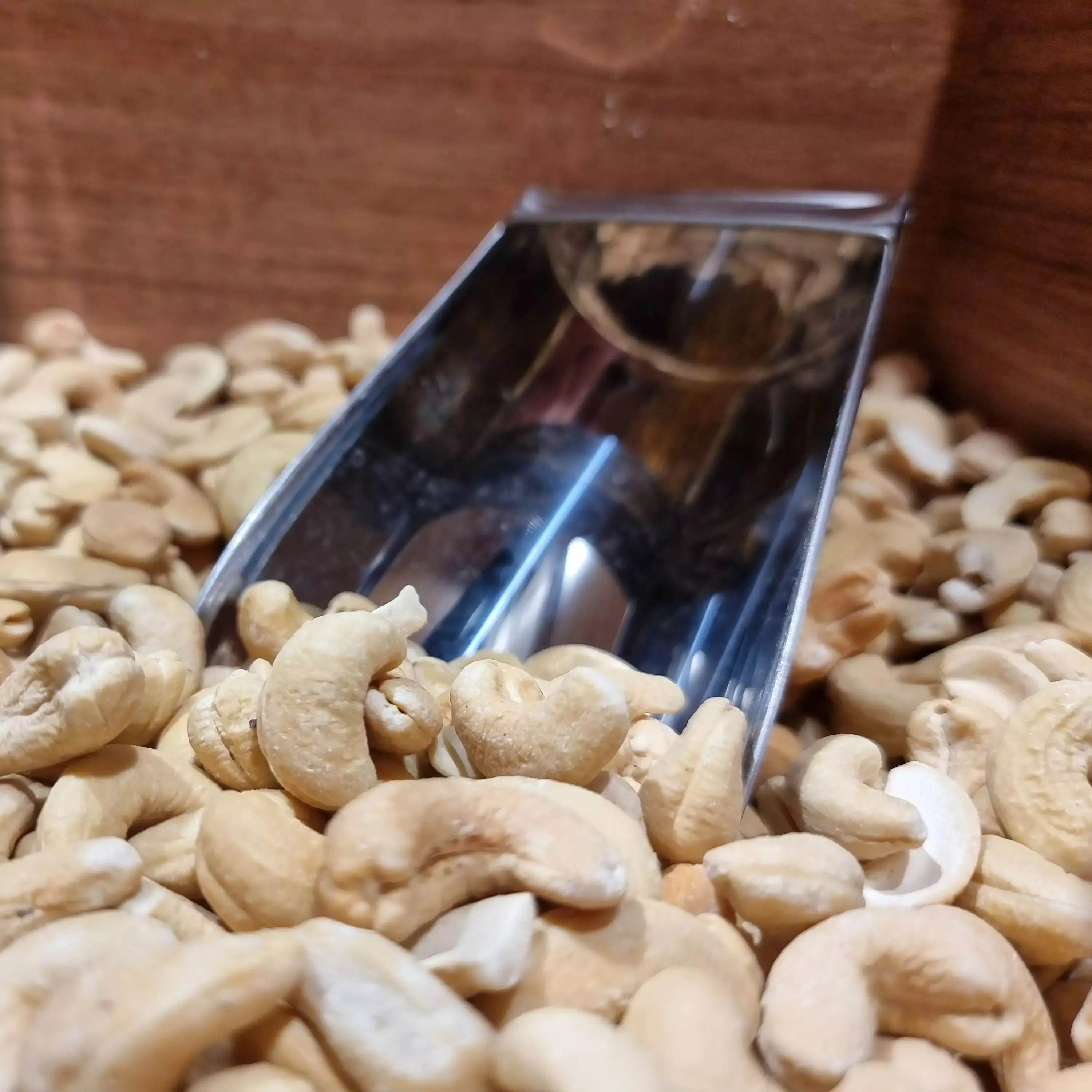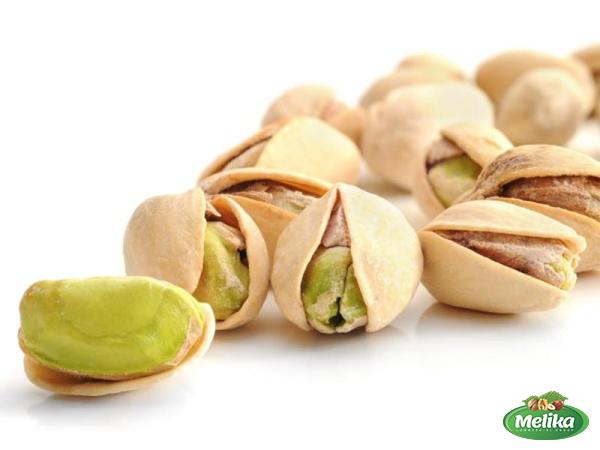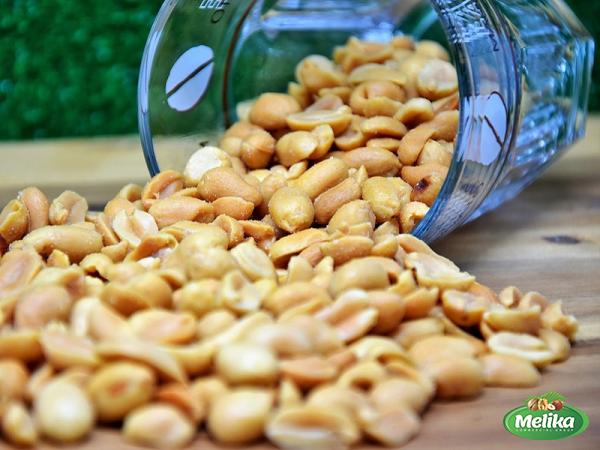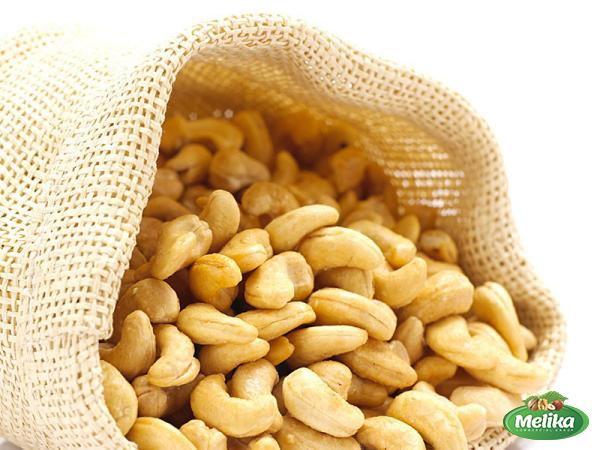Almonds, the versatile and nutritious nuts, have been a culinary favorite for centuries. Almonds in shell, also known as whole almonds or unpasteurized almonds, continue to enjoy strong demand for their natural taste, freshness, and extended shelf life. This article delves into the supply and demand dynamics of almonds in shell, exploring their cultivation, processing, global market, and industry trends.
1. Cultivation of Almonds in Shell:
1.1 Climate and Geography:
Almonds thrive in Mediterranean-like climates, with California (United States), Spain, and Australia being prominent producers. These regions offer warm, dry summers and mild winters, necessary for the growth and development of almond trees.
1.2 Cultivation Process:
Almond trees bloom with fragrant pink or white flowers during the spring. To avoid cross-pollination, most almond farmers rely on honeybee colonies for effective pollination. After successful pollination, the flowers develop into green almond fruit called drupes, which begin to harden and mature from late summer to early fall. Once ripe, the hulls start to split, unveiling the almond seed within. The harvest takes place in autumn when the hulls have fully opened, leaving only the hard almond shell.
2. Processing of Almonds in Shell:
2.1 Harvesting:
Almond harvesting is primarily done mechanically, with specialized machines that shake the trees to dislodge the nuts. The fallen almonds are then collected using sweepers and windrowers, and then loaded onto trailers for transport to processing facilities.
2.2 Hulling and Drying:
Once at the processing facility, the almonds are separated from their hulls using mechanical hullers. The nuts are then washed and spread out to dry, usually under controlled temperature and humidity conditions. This drying process removes excess moisture from the almonds, ensuring product quality and stability.
2.3 Packaging:
Packaging is a crucial aspect of the almonds in shell industry. Almonds are typically packed in bags, boxes, or bulk containers, allowing for easy distribution and storage. The packaging is designed to protect the almonds and maintain their freshness, preventing exposure to moisture and pests.

3. Global Market and Demand for Almonds in Shell:
3.1 Demand Drivers:
The growing popularity of healthy snacks and the awareness of the nutritional benefits of almonds have fueled the demand for almonds in shell. Consumers appreciate the satisfaction of cracking open the shell and the freshness it guarantees. Additionally, almonds’ versatile nature makes them suitable for various culinary applications, from baking to snacking.
3.2 Export and Import Trends:
The United States is the largest producer and exporter of almonds globally, accounting for the majority of the market share. Other significant exporters include Spain, Australia, and Italy. Importers, predominantly in Europe and Asia, have a steady demand for almonds in shell, driven by the rising popularity of natural and organic food products.
4. Industry Trends:
4.1 Health and Wellness Related Demand:
The increasing focus on health and wellness has resulted in a shift towards natural, unprocessed foods, favoring almonds in shell. As consumers become more health-conscious, the demand for almonds in their most natural state continues to rise.
4.2 Sustainability and Organic Production:
Driven by consumer preferences for sustainable and environmentally-friendly practices, many almond producers are adopting organic farming methods. Organic almonds in shell are experiencing growing demand, reflecting increased consumer consciousness and willingness to pay a premium for sustainably-produced products.
4.3 Value-added Products:
While almonds in shell remain popular, there is a rising trend towards value-added almond products, such as sliced almonds, almond flour, almond milk, and almond butter. Almond processors are capitalizing on this trend by diversifying their product offerings to cater to changing consumer preferences.
4.4 Regulatory Challenges:
Certain regions, such as the United States, have stringent regulations regarding the pasteurization of almonds due to concerns about food safety and potential pathogens. However, the demand for raw or unpasteurized almonds in shell persists, resulting in ongoing discussions and debates within the industry.

Conclusion:
Almonds in shell continue to captivate consumers with their natural freshness, taste, and nutritional benefits. As demand for healthy snacks and organic products rises, the almond industry must adapt to changing consumer preferences and leverage industry trends. The supply chain, including cultivation, processing, and packaging, plays a crucial role in maintaining the quality and appeal of almonds in shell. As the industry progresses, it is essential to strike a balance between meeting consumer demands and adhering to regulatory requirements to ensure a sustainable and thriving market for almonds in shell.1. The Almonds in Shell Market: An Overview
The market for almonds in shell is witnessing steady growth, driven by increasing consumer preferences for natural, nutritious snacks and the demand for organic and sustainably-produced food. Almonds in shell offer freshness, longer shelf life, and the satisfaction of cracking open the shell, making them an appealing choice for health-conscious consumers. This section provides an overview of the market size, key players, and emerging trends.
The United States dominates the global almonds in shell market, accounting for the majority of production and exports. California, with its favorable climate and extensive almond orchards, is the leading producer. Spain, Australia, and Italy are also significant players in the global market. Europe, Asia, and North America are the primary regions driving the demand for almonds in shell, with consumers valuing its taste, versatility, and health benefits.
2. Health and Nutritional Benefits: Driving Consumer Demand
Almonds are renowned for their various health benefits, and almonds in shell retain their natural nutritional properties. They are a rich source of healthy fats, protein, fiber, vitamins, and minerals, making them a valuable addition to a balanced diet. The demand for almonds in shell is particularly fueled by health-conscious consumers seeking alternatives to processed snacks and ingredients.
The potential health benefits attributed to almonds include promoting heart health, aiding in weight management, and reducing the risk of chronic diseases such as diabetes and certain types of cancers. Additionally, the high fiber content in almonds aids digestion and promotes satiety, making them an ideal choice for those watching their weight.
3. Organic Almonds in Shell: A Growing Market Segment
With the increasing demand for organic and sustainably-produced foods, the market for organic almonds in shell is experiencing significant growth. Organic almonds are cultivated without the use of synthetic fertilizers, pesticides, or genetically modified organisms (GMOs). This production method ensures that the almonds retain their natural attributes and appeal to consumers seeking environmentally-friendly options.
Organic almond orchards prioritize soil health, water conservation, and biodiversity, aligning with sustainable agricultural practices. This segment of the market appeals to health-conscious consumers willing to pay a premium for products that align with their values and support sustainable farming practices.
4. Value-Added Almond Products: Diversification and Innovation
While almonds in shell remain popular, there is a growing trend towards value-added almond products. Almond processors are capitalizing on this demand by diversifying their product offerings to cater to changing consumer preferences. Sliced almonds, almond flour, almond milk, and almond butter are examples of value-added products gaining popularity.
Sliced almonds are widely used in baking, cooking, and topping salads, adding a crunchy texture and nutty flavor to dishes. Almond flour has become a go-to alternative for gluten-free baking, appealing to those with dietary restrictions or preferences. Almond milk, a dairy-free alternative, has gained substantial market share, fueled by the rising popularity of plant-based beverages. Almond butter, with its rich, creamy consistency, is a staple in many households as a spread and ingredient in various recipes.
5. Regulatory Challenges and Food Safety Concerns

The almond industry faces regulatory challenges concerning the pasteurization of almonds. Certain regions, such as the United States, have implemented regulations requiring almonds to undergo pasteurization due to concerns about food safety and potential pathogens. However, there is ongoing discussion and debate within the industry regarding the sale and consumption of unpasteurized almonds in shell.
Advocates for unpasteurized almonds argue that the process may affect taste and texture, diminishing the natural appeal of almonds in shell. However, proponents of pasteurization emphasize the importance of food safety and preventing various foodborne illnesses. Striking a balance between ensuring product safety and meeting consumer demands remains a challenge for almond growers and processors worldwide.
6. Growing Almond Consumption in Emerging Markets
While traditional markets like the United States, Europe, and Australia continue to drive the demand for almonds in shell, emerging markets in Asia, particularly China and India, are witnessing significant growth. Economic development, improving living standards, and increasing consumer awareness of dietary choices are contributing to the expansion of the almond market in these regions.
Changing habits and preferences for healthier snacks, culinary ingredients, and dairy alternatives have led to increased almond consumption. Moreover, the rise of e-commerce platforms has facilitated the accessibility of almonds to consumers in remote areas, further contributing to market growth.
7. Trade Trends: Imports and Exports of Almonds in Shell
The global trade of almonds in shell is thriving, with the United States, Spain, and Australia leading in exports. The United States dominates the market, with China being the largest importer of almonds in shell. Other major importers include Germany, India, Japan, and the United Kingdom.
Trade agreements, changing tariffs, and regulatory measures impact the competitiveness of almond exports. Countries that promote sustainable and organic production methods have gained a competitive advantage in the global market, as consumers increasingly prioritize ethical and environmentally-friendly choices.
8. Challenges and Opportunities for Almond Growers
Almond growers face several challenges that affect their operations and profitability. Fluctuating weather patterns, water scarcity, and pests and diseases pose risks to almond orchards and yield. Additionally, market fluctuations and price volatility can impact growers’ profitability, especially when faced with oversupply or adverse trading conditions.
However, there are also significant opportunities for almond growers to adapt and flourish. Meeting the growing demand for organic almonds, developing new value-added products, and adopting sustainable farming practices can enhance market competitiveness and broaden revenue streams. Collaboration amongst growers, processors, and distributors can also lead to economies of scale and enhanced market access.
9. Technological Advancements: Enhancing Efficiency and Quality
Technological advancements have played a crucial role in improving the efficiency and quality of almond production and processing. Automation in orchard management, harvesting, and processing has increased yields, reduced labor costs, and enhanced overall productivity. This has allowed growers to meet growing demand while ensuring the freshness and quality of almonds in shell.
Advancements in sorting and grading technologies have improved the quality control process, ensuring that only the highest quality almonds reach the market. Additionally, innovations in packaging and storage solutions contribute to the extended shelf life of almonds in shell.

10. Conclusion: The Bright Future of Almonds in Shell
Almonds in shell continue to be a sought-after snack and culinary ingredient, attracting consumers with their natural taste, health benefits, and extended shelf life. The market for almonds in shell is buoyed by a growing demand for natural and organic products, value-added almond products, and increased consumption in emerging markets.
With proactive measures to address regulatory challenges, embrace sustainability, and pursue technological advancements, the almond industry is well-positioned for growth and innovation. By capitalizing on evolving consumer preferences, enhancing product quality, and unlocking new market opportunities, almonds in shell will continue to hold their place as a beloved and versatile nut in the global market.










